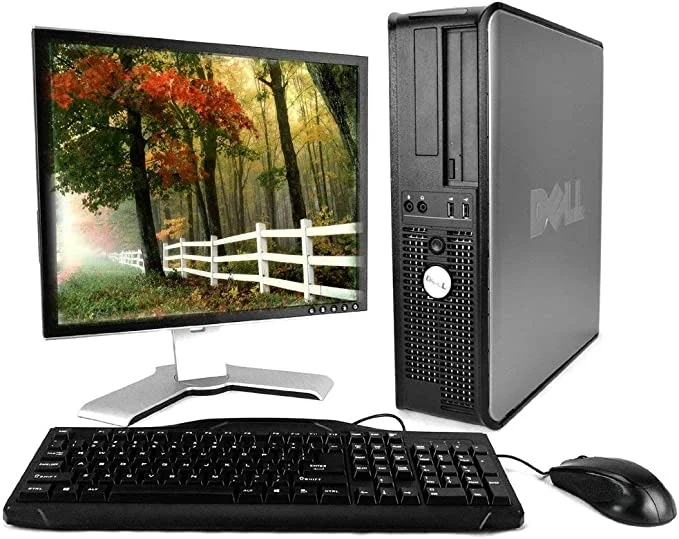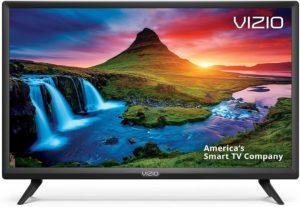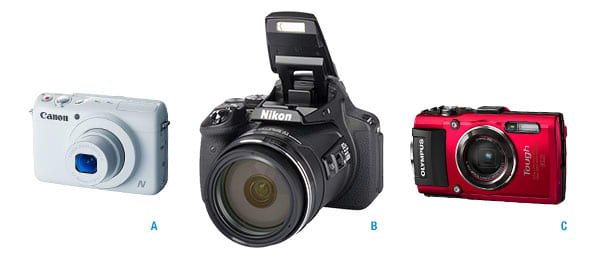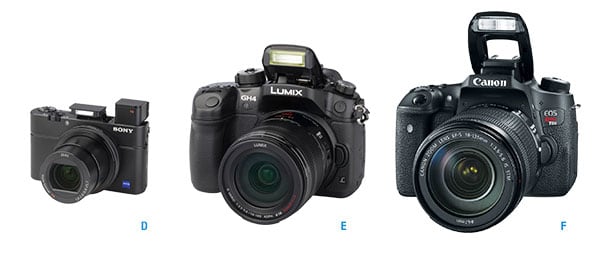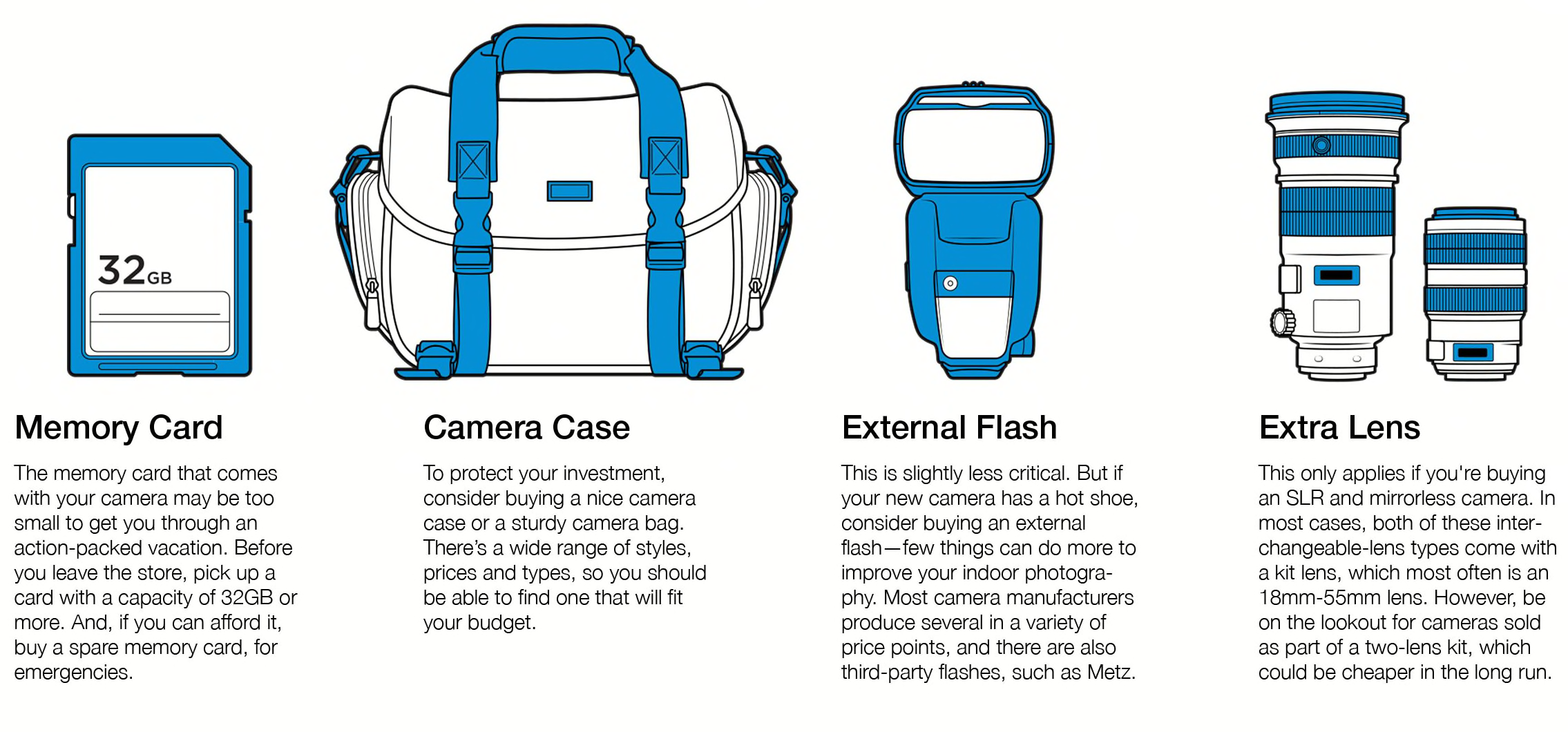Camera Lenes Buying Guide
Whether you shoot on Canon, Nikon or Sony, or solely use third party gear, this post is designed to give you the best information available and help you in your Camera lens buying future.
To make sure you know what you’re doing when the time comes to replace that old kit lens, I’m going to walk you through focal length, aperture and what all those little letters on your lens mean.

After reading this post checkout the Cameras and Lenes offered on my Website
Step 1 – Focal Length
.
For the basis of choosing the right lens, the higher the focal length (number before ‘mm’), the more zoomed the lens is going to be. Of course, it’s a little bit more complicated than this. You can find more information in the post mentioned above.
Different focal lengths have different uses in different situations; it’s all about choosing the right lens for you.
Ask yourself which lens you currently use the most and what you like to take photos of. This will give you a good idea of what sort of lens you want.
Here’s a list of focal length ranges taken from my post on focal length.
Ultra-Wide Angle 14-24mm
These lenses are often considered specialty items. The range is not often included as part of a kit lens.
They create such a wide angle of view that they can appear distorted. This is because our eyes aren’t used to seeing in that sort of range.
Wide and ultra-wide lenses are about putting yourself in the centre of it all, not just getting the whole of a scene in.
These lenses are not particularly suitable for portraits as they enhance the perspective so much that the facial features sometimes appear unnatural.
Fisheye lenses, noted for their characteristically distorted perspective, are a special subset of ultra-wide-angle lenses. The focal length of a typical circular fisheye lens can be as short as 8mm.
Wide Angle 24-35mm
24mm is roughly the point at which the distortion that appears to stretch the side of the image stops appearing unnatural.
They are used widely by photojournalists for documentation of situations. They are wide enough to include a lot of the context whilst maintaining a realistic look.
Standard 35mm-70mm
It’s in this range, at about 45-50mm, that the lens will reproduce what our eyes see (excluding peripheral vision).
I personally like to use this range when shooting on the street. Or in a close setting with friends such as at a dinner table or the pub. A standard lens such as a 50mm f1.8 is an excellent, inexpensive addition to your camera. It will provide excellent results. A standard lens such as a 50mm f1.8 is an excellent, inexpensive addition to your camera. It will provide excellent results. Prime lenses have a fixed focal length—these can’t zoom. They will always provide better results than your kit lens. They are built with a single purpose in mini. And they do one job well rather than multiple jobs poorly.
Short Telephoto 70-105mm
This range is where kit lenses tend to stop. Instead, you’re entering the range of telephoto lenses and portrait primes (around 85mm). This is a good range for portrait lenses. The natural perspective of the lens will separate the face from the background without completely isolating it.
Telephoto 105-300mm
These lengths vary depending on what type of camera you’re using. It’s worth noting that the majority of camera users have a crop sensor camera. This means that the size of the sensor is smaller, cropping the image.
A photo taken on a crop sensor at 50mm is going to look more like 75mm—more zoomed.
Kit lenses typically range from around 18-55mm on a crop sensor lens. These lenses won’t fit on a full frame camera. If you’re looking to upgrade to professional quality gear, you’ll still want to find a focal length as close to that as you can. Stepping your lens up to 24mm results in the loss of a lot of the wider angles.
If you’re unlikely to upgrade to a full frame professional camera in the near future, I would strongly suggest upgrading to a higher quality crop sensor lens.
Step 2 – The Right Aperture
Aperture can be a confusing thing when it comes to buying a lens.
The lower the number (f/1.4, f/2), the wider the aperture. And the more light the lens will allow in.
When buying a lens, you should try to get this number as low as you can afford to go without sacrificing the focal length that you want.
The lens that I use most is my 24-70mm f/2.8. This is because it allows me a good zoom range and a very wide maximum aperture. This means I can let loads of light into the lens and achieve a shallow depth of field.
My lens is an f/2.8. No matter where I’m focusing, I can still set my aperture to f/2.8. This is not something that you can do with any old lens.
A typical Canon kit lens will have the marking f/3.5-5.6. This means that the maximum aperture will change throughout the zoom range. The lens will stop at f/3.5 at 18mm, narrow to f/4 at 24mm, then f/5 at 39mm and finally f/5.6 at 47mm.
These stops allow progressively less light into the lens with a total difference of 1 1/3 stops, meaning that f/5.6 allows less than half the amount of light into the lens as f/3.5.
As you can see, this will really hold you back when shooting in low light. I thoroughly recommend that the first upgrade you look for when buying a new lens is one that allows a wider maximum aperture without changing throughout the focal length.
Step 3 – What Do All Those Letters Mean?

Well, they’re acronyms. They vary between cameras but all mean essentially the same thing.
The table below demonstrates what these letters mean by brand. With the exception of the crop sensor marking, every time you get some extra letters, your lens gets more expensive and better quality.
For those that don’t understand what the terms above mean, here are some definitions for you (along with a few extras that aren’t listed).
MF
Manual focus only. This is typically only found in very cheap lenses or much older lenses. The acronym is the same throughout brands.
II
This is the version of the lens that you’re using.
Lenses that have been around for a long time and become very popular aren’t usually replaced completely. The lens designer will take the lens and find ways to improve it, then re-release it under the marking ‘II’ – version 2.
The higher the number, the better the lens.
Full Frame
These lenses will still fit crop sensor cameras but you’ll end up with the crop factor that I mentioned in step 1.
These are specifically designed for full frame cameras and project a larger image onto the larger sensor in the full frame camera.
Crop Sensor

These markings tell you that they’re built for a smaller camera with a smaller sensor. You’ll find that the focal length has also been adjusted accordingly.
It also means that the projection from the lens is much smaller and will not work on a full frame camera; if you were to put it on a full frame camera, it would produce very heavy vignetting.
Image Stabilistaion
We all know what this is: a way of stabilizing the camera or lens so that you’re able to take a photo at a slower shutter speed. Different cameras have different techniques and locations for this but they all essentially do the same thing.
Silent Wave Motor
This is a much faster focusing motor with clear advantages that’s also fairly silent and the end of the lens doesn’t tend to move when focusing.
This has the added advantage of accommodating a filter on the end of the camera without having to worry about it rotating as you focus.
Pro Lens
Most lens manufacturers produce lenses to a price; your kit lens is unlikely to be very good quality. I find this to be especially true with my experience of Canon kit lenses.
Stepping up to pro lenses, you’ll find a difference in quality and usually a wider maximum aperture; very useful for low light situations.
Low Dispersion Glass
This reduces nasty chromatic aberration produced by cheap glass.
You’ve probably seen it before but may not have known what exactly it was called. Here’s an exaggerated example of it – notice the blue outlining the face:
A Note to Finish On
If you’re looking to improve the physical quality of your images, the best way to do it is to replace your kit lens (or don’t buy one to begin with) as soon as possible.
Prime lenses are always going to provide better quality images for cheaper. They are excellent low-cost alternatives to kit lenses.
Buy the best lens you can afford for the focal length range that you use the most. You won’t have too many complaints with that.
Don’t worry about using a crop sensor camera and buying a full frame lens. Just work with what you got. If you’re a good photographer, these obstacles won’t be a hurdle in taking great photos.


